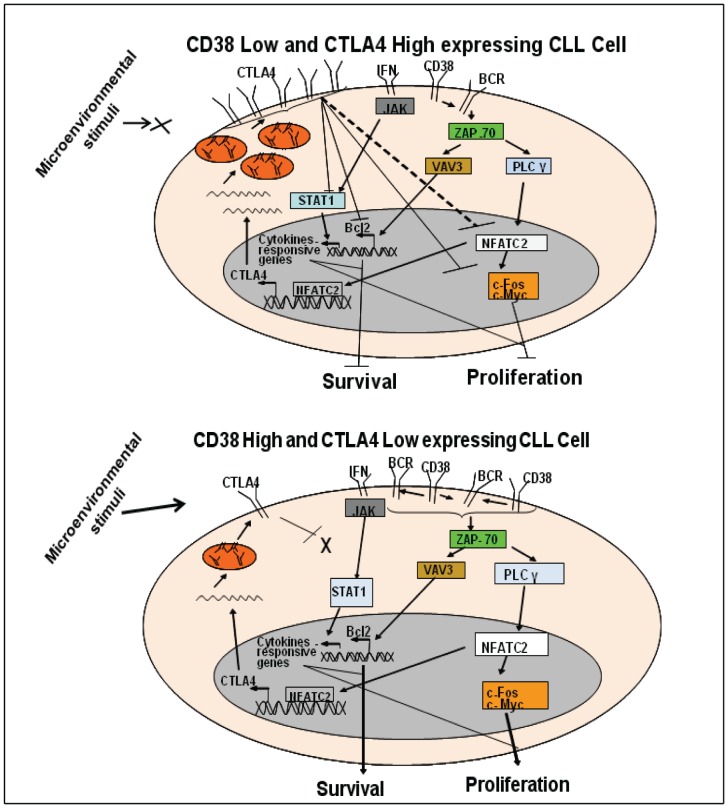Figure 6. Hypothetical model for the role of CTLA4 in CLL cell proliferation/survival.
Panel A: When CLL cells express low CD38, but high CTLA4, CTLA4 inhibits the CD38/BCR signaling pathway at multiple levels. CTLA4 downregulates NFATC2 and proliferation-associated molecules such as c-Fos and c-Myc. Downregulation of NFATC2 may also be associated with an autoregulatory loop for CTLA4, which would downregulate CTLA4 transcription. CTLA4 also downregulates the expression of Bcl-2, thus decreasing the survival of CLL cells. CTLA4 inhibits the expression of STAT1, thus deregulating the JAK/STAT pathway and inhibiting CLL cell growth. Panel B: When CLL cells express high CD38, but low CTLA4, activated CD38/BCR signaling upregulates downstream molecules in the pathway, such as NFATC2, c-Fos, and Bcl-2. These molecules will increase proliferation and survival of CLL cells. Low expression of CTLA4 does not interfere with the expression of STAT1, which favors CLL cell growth.

